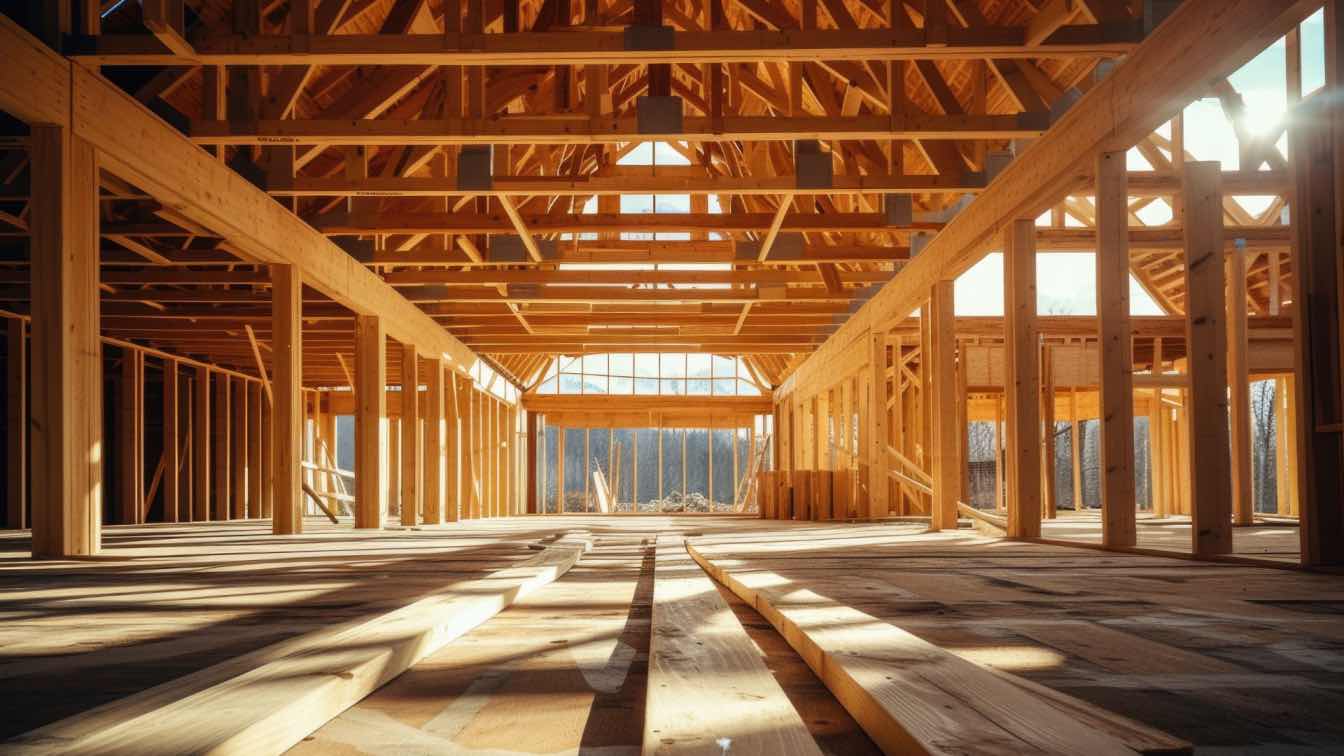Assessing Window Replacement Needs
Identifying the need for window replacement involves recognizing signs of failure and evaluating the energy efficiency of existing windows. This assessment will guide homeowners in making informed decisions.
Determining Window Failures
Several indicators can suggest that windows require replacement. Homeowners should look for:
1. Drafts: Feelings of cold air seeping through gaps can indicate deteriorating seals.
2. Condensation: Moisture buildup between panes often points to seal failure.
3. Cracks or Damage: Visible cracks or warping in frames can compromise structural integrity and will need glass repair or replacement.
4. Difficulty Operating: Troubles with opening or closing windows may indicate misalignment or hardware failure.
Conducting a thorough visual inspection and noting these issues can help pinpoint the extent of the problems. It is essential to address these concerns promptly to avoid further damage to the home.
Evaluating Energy Efficiency
Energy efficiency directly impacts comfort and utility costs. Homeowners can assess this by:
1. Checking Glazing: Double or triple-pane glass offers better insulation than single-pane.
2. Looking for Energy Star Labels: These indicate that a window meets energy efficiency guidelines.
3. Reviewing Energy Bills: Unusually high heating or cooling costs can suggest inefficient windows.
Using a thermal camera can also reveal cold spots around windows. Addressing efficiency issues not only enhances comfort but also reduces long-term expenses related to heating and cooling. This assessment is vital for anyone considering the replacement of their windows.
Window Measurement and Ordering
Accurate measurements and informed material selections are crucial steps in the window replacement process. This section explores how to effectively measure window openings, choose appropriate materials, and order new windows correctly.
Measuring Window Openings
To ensure a proper fit, precise measuring of window openings is essential. Begin by measuring the width at the top, middle, and bottom of the opening. Use the smallest width for the final measurement. Next, measure the height at the left, center, and right sides; again, use the smallest height.
Measurements should be taken in inches to avoid conversion errors. Additionally, note the depth of the window frame for compatibility with the new unit. If the home has existing trim, consider whether it will remain or if new trim will be installed, as this can affect the window size.
Selecting Window Materials
Choosing the right materials impacts both aesthetics and energy efficiency. Common materials include vinyl, wood, and aluminum, each with distinct advantages.
1. Vinyl: Offers low maintenance and good insulation.
2. Wood: Provides a classic look and excellent thermal performance but requires more upkeep.
3. Aluminum: Known for durability and strength but may have lower insulation properties.
Consider the climate and architectural style when selecting window materials. Energy-efficient options often feature double or triple glazing and Low-E coatings, enhancing insulation and comfort.
Ordering Windows
Once measurements and materials are determined, the ordering process can begin. Choose a reputable window manufacturer or supplier known for quality products. Provide all measurements and specifications accurately to avoid issues with fit.
When placing an order, inquire about additional features such as hardware, screens, and installation kits. Confirm lead times to ensure timely delivery, as custom windows may take longer to arrive. Finally, keep all order receipts and warranties for future reference.
Preparation for Window Replacement
When replacing windows, proper preparation is essential for a smooth process. This includes getting the workspace ready and knowing how to safely remove old windows.
Preparing the Workspace
A clean and organized workspace ensures safety and efficiency. Start by removing any furniture, decorations, or obstacles near the windows. This not only protects your belongings but also provides easier movement during the replacement process.
Next, lay down drop cloths to catch debris and prevent damage to the flooring. It is also helpful to have tools readily accessible. Essential tools include a pry bar, utility knife, screwdriver, and safety gear like gloves and goggles.
Adequate lighting is crucial. Ensure that the area is well-lit to clearly see the task at hand. This minimizes errors and enhances safety while working.
Removing Old Windows
Removing old windows requires careful attention to detail. First, disconnect any hardware, such as locks or hinges. Use a utility knife to cut through paint or caulk around the window frame, which helps to loosen it.
Once the seals are broken, use a pry bar to gently lift the window from its frame. If the window is stuck, carefully check for nails or screws that may need to be removed. Always work from the bottom up to reduce the risk of falling debris.
After removing the window, inspect the frame for any damage or rot. This assessment is critical for ensuring a stable installation of the new window. Properly clean the area to prepare for the new window installation.
Installing New Windows
This section covers the crucial steps for installing new windows, focusing on proper framing, securing the window unit, and sealing to ensure lasting performance and energy efficiency.
Framing and Insulation
Preparing the window frame is essential for a successful installation. Begin by removing the old window, ensuring you carefully detach it without damaging the surrounding structure. Inspect the frame for any rot or damage, repairing as necessary.
Once the frame is verified, measure the opening accurately to ensure the new window fits well. Use a level to check if the frame is square. If not, adjust the framing as needed. Insulating around the frame is important for energy efficiency. Use foam insulation or fiberglass batts to fill any gaps, which minimizes air leakage and helps regulate indoor temperature.
Securing the Window Unit
Securing the new window unit properly is vital for stability and performance. Start by placing the window into the opening, making sure it is level and plumb. It may help to have an assistant hold the window in place while adjustments are made.
Once positioned correctly, use shims to keep the window level. Fasten the window to the frame using appropriate screws or brackets, ensuring it is tightly secured. Check that the window operates smoothly before moving on to the next step. This step prevents future issues such as drafts or operational difficulties.
Sealing and Weatherproofing
Sealing is crucial to prevent water infiltration and enhance energy efficiency. Apply a high-quality exterior caulk around the window frame once it is securely installed. This forms a weather-tight seal that protects against moisture.
Next, install flashing tape at the top of the window to divert water away from the structure. Ensure that the tape overlaps the window and adhesive adheres smoothly to prevent leaks. Inside the frame, use foam spray insulation to fill any gaps, further reinforcing the seal. Regularly inspect these seals after installation to maintain performance over time.





